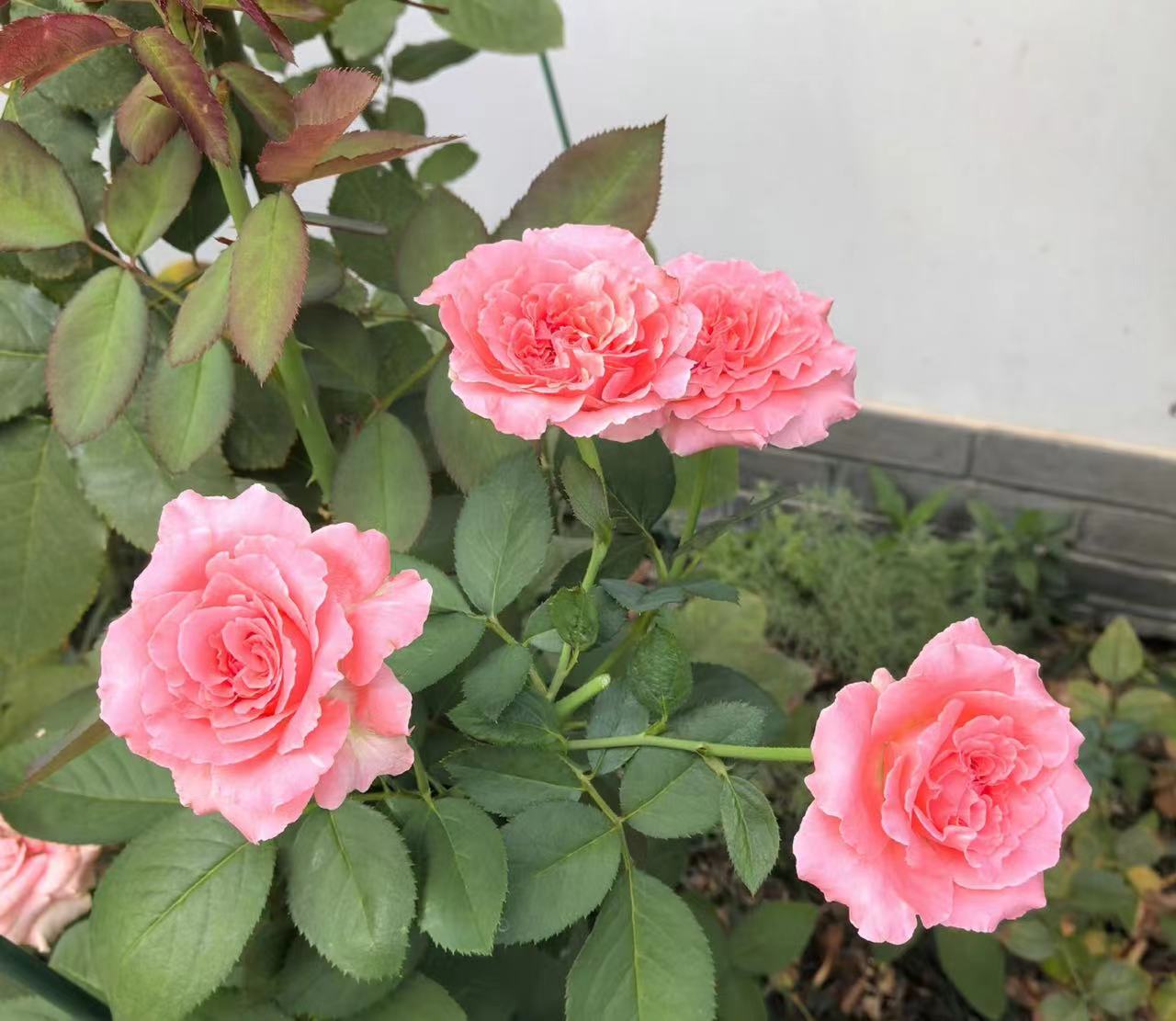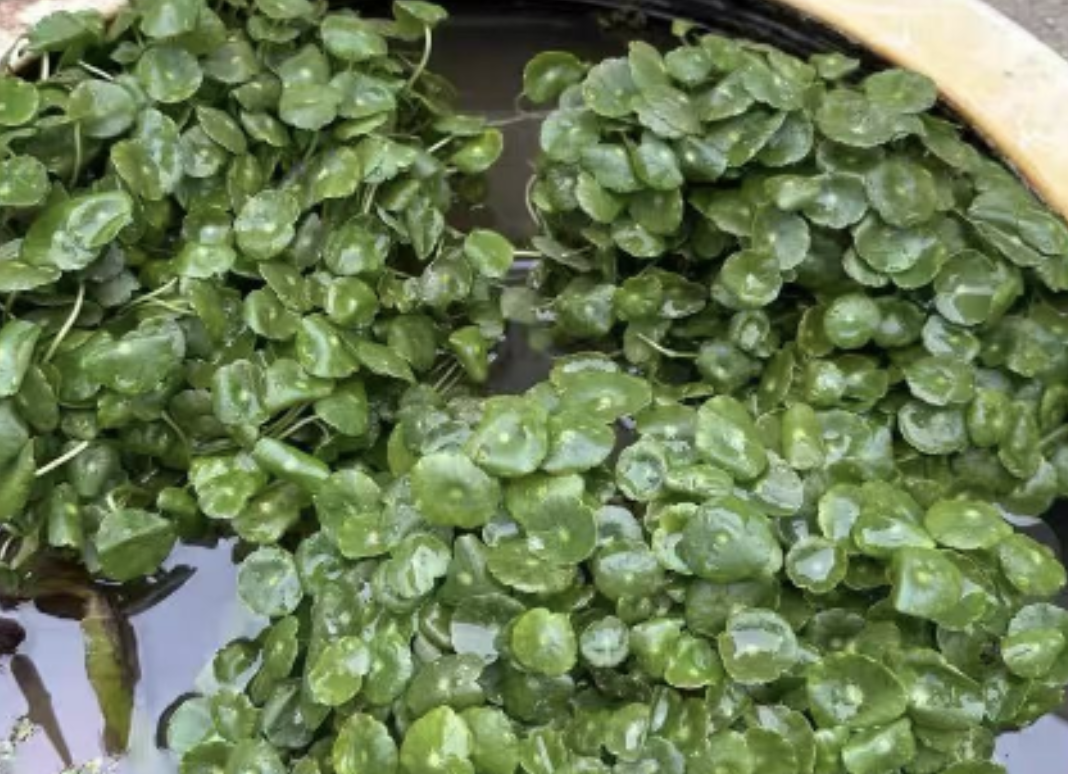To ensure that roses continue to bloom splendidly in the coming year, understanding their hibernation state and performing proper winter pruning is crucial. The following elaborates on how to determine whether roses have entered hibernation and the correct methods of winter pruning.
The signs of rose hibernation can usually be observed from multiple aspects. The most intuitive manifestation is the cessation of growth. In winter, the new branches of roses no longer grow, and the buds no longer germinate. The entire plant seems to enter a "sleeping" state. The change in leaves is also an important basis for judgment. As the temperature drops, the leaves of roses will gradually turn yellow, dry up, and naturally fall off. If most of the leaves have fallen off, this is often one of the signals of hibernation. Observe the state of the branches. The branches of roses in hibernation will become relatively hard and darker in color, not as tender green and soft as in the growing season. The activity of rose roots will also slow down. During hibernation, the absorption of water and nutrients by the roots decreases, and the soil moisture can be maintained for a relatively long time.
It should be noted that determining whether roses are hibernating cannot be based solely on a single characteristic. Instead, the manifestations in multiple aspects mentioned above should be considered comprehensively. In addition, climate conditions in different regions and rose varieties may also affect the timing and manifestations of hibernation.
Winter pruning is an important task in rose maintenance. It not only helps maintain the beautiful shape of the plant but also lays a good foundation for growth and flowering in the coming year. Before performing winter pruning, first prepare appropriate tools such as sharp pruning shears and disinfectant alcohol. Ensure that the tools are clean and sharp to reduce damage to the plant and prevent the spread of pathogens. The timing of winter pruning is usually after roses have completely entered a dormant state in winter. Generally, it is after the coldest period has passed, around the end of January to mid-February, but the specific time varies depending on the region and climate conditions. For small rose plants, generally retain about one-half to two-thirds of the plant height. Cut about 0.5 - 1 centimeter above the fork of the main branch. The cut should be smooth and neat to avoid tearing the branch. For larger rose plants, more targeted pruning can be performed according to the growth situation and styling needs of the plant. Removing weak, diseased branches, dry branches, and crossed branches is an important task in winter pruning. These branches not only affect the beauty of the plant but also consume nutrients and are prone to pests and diseases. For overly dense branches, proper thinning should also be done to increase the ventilation and light transmission inside the plant. When pruning the main branch, pay attention to observing the distribution of buds. Usually, choose to prune above the plump buds growing outward. This can prompt new branches to extend outward and make the plant fuller. After pruning is completed, clean and disinfect the plant. Remove the cut branches and fallen leaves to reduce the breeding grounds for pests and diseases. Disinfectant alcohol can be used to wipe the pruning tools to prevent the spread of pathogens.
Correctly determining the hibernation state of roses and performing scientific and reasonable winter pruning are indispensable links in rose maintenance. This requires us to observe carefully, judge accurately, and use correct pruning methods and techniques. Only in this way can roses regain their vitality in the spring of the coming year after experiencing the rest of winter.
How can we determine if roses are hibernating?

Share with
Tagged in :




Leave a Reply